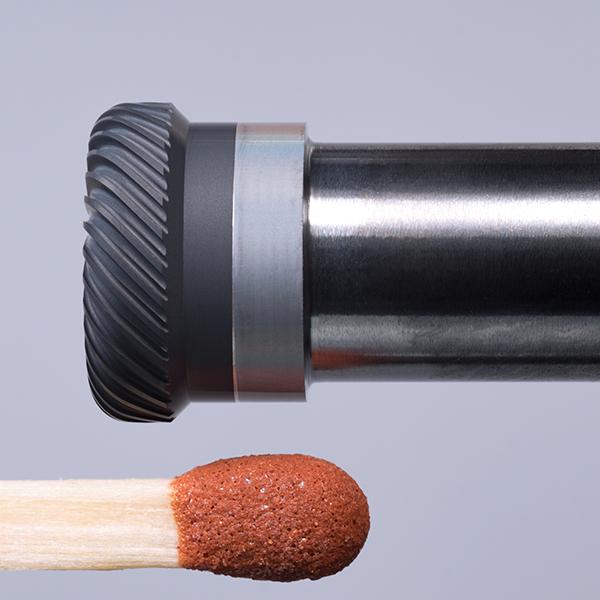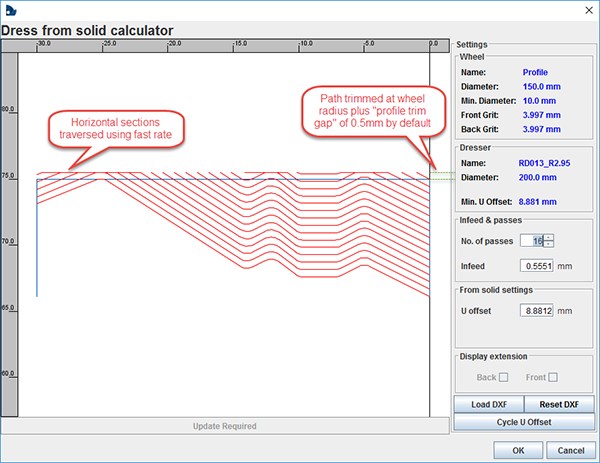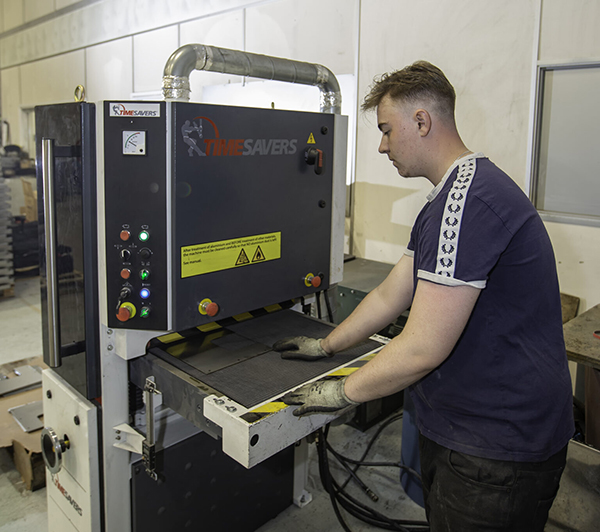Master Abrasives has installed a Micromatic Pluto 18 grinding machine at Aylesbury-based Total Carbide, a manufacturer of sintered tungsten-carbide wear parts.

Total Carbide was looking for a cost-effective new machine for its tungsten-carbide measuring probes. The component has a chamfer on the front corner which was ground by interpolation on the company’s previous machine.
Required stock removal on the measuring probe is 0.5 mm on diameter, while surface finish is 0.4 Ra with an outer diameter and length tolerance of ±0.25 mm. The new machine had to accommodate a volume of 2000-3000 pieces per month and it was necessary to have a Fanuc CNC to grind OD, face, chamfer and corner radius features, allowing a smooth transition for operators.
Micromatic’s Pluto-18 is best suited to the production of accurate, small components, and can perform both plunge and traverse grinding operations. Several features of the machine identify its suitability for the batch production of shaft-type components with a maximum wheel outer diameter of 400 mm (50 mm width). For instance, a rigid anti-friction wheel head is utilised for better geometrical accuracies, while an integrated table provides higher rigidity.
The Pluto-18 measures only 1.66 x 2.2 m, which can help to save nearly 30% in space compared with the footprint of a similar hydraulic grinder. Furthermore, the machine’s customised user-friendly graphics aid machine setting and operation.
Master Abrasives can show Micromatic machines in action at its grinding and finishing showroom in the Midlands, along with superfinishing devices, metrology equipment and abrasives.
For further information
www.master-abrasives.co.uk























